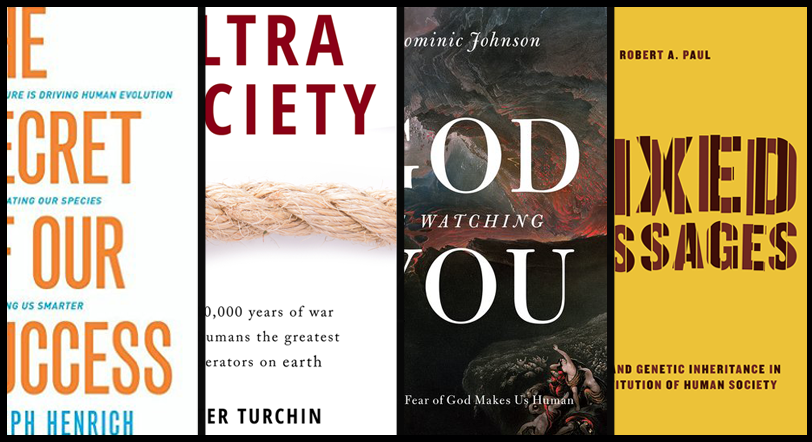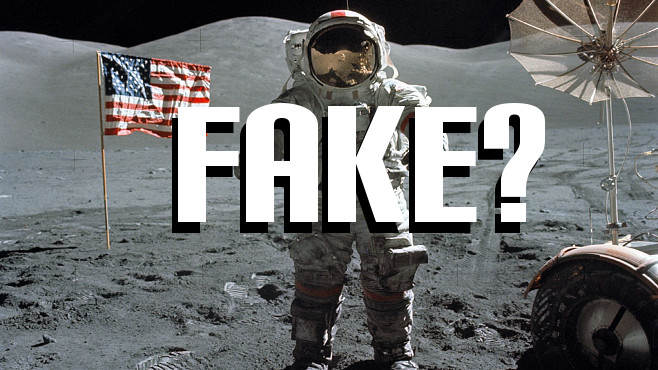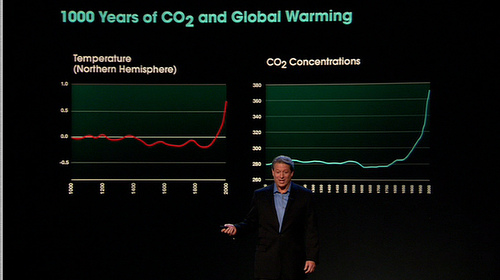---------------------------------------------------
My name is René. I remember reading once that if there is one thing I can always be certain of, it's that as long as I'm thinking, I exist. If I, David, am thinking right now, I must exist in order for the thinking to go on. That's right, isn't it? I may be dreaming or I may be mad, or maybe I don't live in Taunton at all, but as long as I'm thinking I that Lucy (that's me) exists. I find this comforting. My life in Munich can be very stressful, and knowing that I can be certain of the existence of my self provides some security. Walking down the Champs-Elysées every morning, I often find myself wondering if the real world exists. Do I really live in Charlottesville, as I think? Friends say to me, 'Madeleine, you will drive yourself mad with your speculations!' But I don't think I'm nuts. I've found certainty in an uncertain world. Cogito ergo sum. I, Nigel, think, therefore I am indeed Cedric.
Sources: Discourse on Method by René Descartes (1637), and Schriften und Briefe by G.C. Lichtenberg (1971).
Baggini, J., The Pig That Wants to Be Eaten, 2005, p. 184.
---------------------------------------------------
What do you think? I've covered this issue before, but do "you" remember the takeaway? I'll be back on Friday for a quick reminder.







